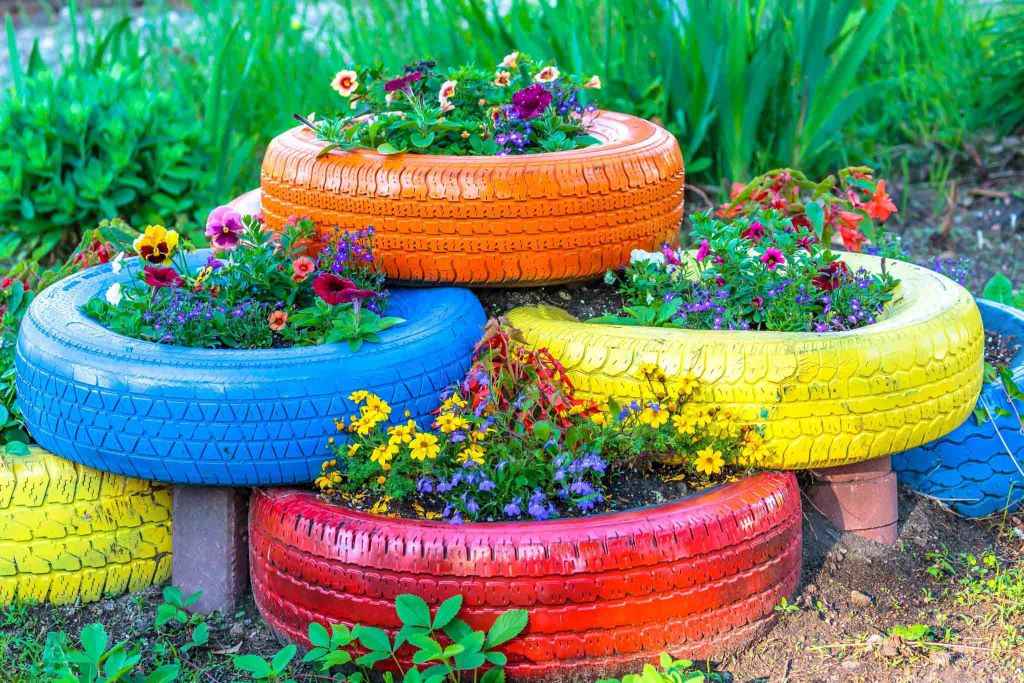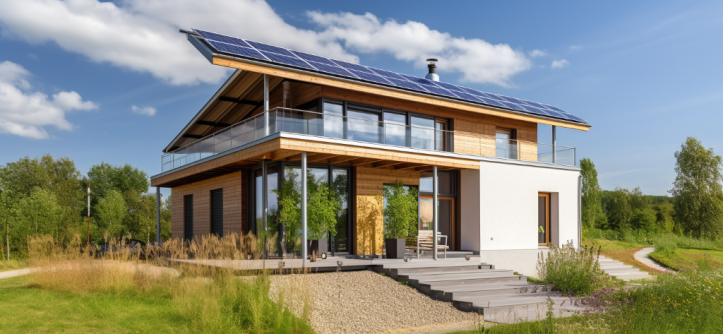The tiny house movement is gaining momentum, and for good reason. Tiny homes promote simpler living, often with a smaller environmental impact. But how can you take it a step further and make your tiny house truly eco-friendly? The answer: recycled materials!
Why Recycled Materials?
- Reduces Environmental Impact: Manufacturing new building materials requires significant energy and resources. Repurposing existing materials lessens the demand and reduces pollution.
- Cost-Effective: Reclaimed wood, bricks, or windows can be significantly cheaper than buying new. It’s treasure hunting for your dream home!
- Unique Aesthetic: Recycled materials often boast a rich history and character, adding a one-of-a-kind charm to your tiny house.
Sourcing Recycled Materials: Get Creative!

- Salvage Yards & Deconstruction Companies: These businesses specialize in recovering usable materials from demolished buildings.
- Online Marketplaces: Craigslist, Facebook Marketplace, and dedicated building material reuse sites can be goldmines for hidden gems.
- Local Businesses: Ask lumber yards, hardware stores, or manufacturers if they have scrap materials they’d be willing to sell or donate.
- Community Resources: Habitat for Humanity ReStores often sell used building supplies at affordable prices.
Tip: Be prepared to adapt! Recycled materials might have imperfections or come in non-standard sizes. Embrace the challenge and incorporate these elements creatively into your design.
Choosing the Right Recycled Materials for Your Tiny Home
Building Dreams – Exploring the Advantages of New Construction Homes
- Structural Components: Reclaimed lumber can be perfect for framing, especially if you can find beams of the right dimensions. Salvaged steel can also be an option, but consult a professional for structural calculations.
- Walls & Ceilings: Disassembled pallets, barn siding, or even wine corks can be used for unique and eco-friendly walls.
- Flooring: Reclaimed wood or bamboo offers beauty and sustainability. Salvaged tiles can create a stylish and durable bathroom floor.
- Windows & Doors: Look for used but functional windows and doors. They’ll add character and save you money.
Remember: Always ensure the materials you choose are safe and structurally sound. Research proper treatment methods for salvaged wood to prevent rot or insect infestation.
Beyond Materials: Building Green Practices
- Energy Efficiency: Tiny homes are inherently energy-efficient due to their size. However, consider incorporating features like solar panels, LED lighting, and high-performance insulation for maximum impact.
- Water Conservation: Install low-flow faucets and showerheads, and consider a rainwater harvesting system for non-potable needs.
- Sustainable Systems: Composting toilets can minimize waste, and greywater systems can reuse water for irrigation.
Building a tiny home with recycled materials is a rewarding adventure that combines environmental consciousness with a touch of ingenuity. By following these tips and letting your creativity flow, you can create a sustainable haven that reflects your unique style and minimizes your carbon footprint on the planet.




